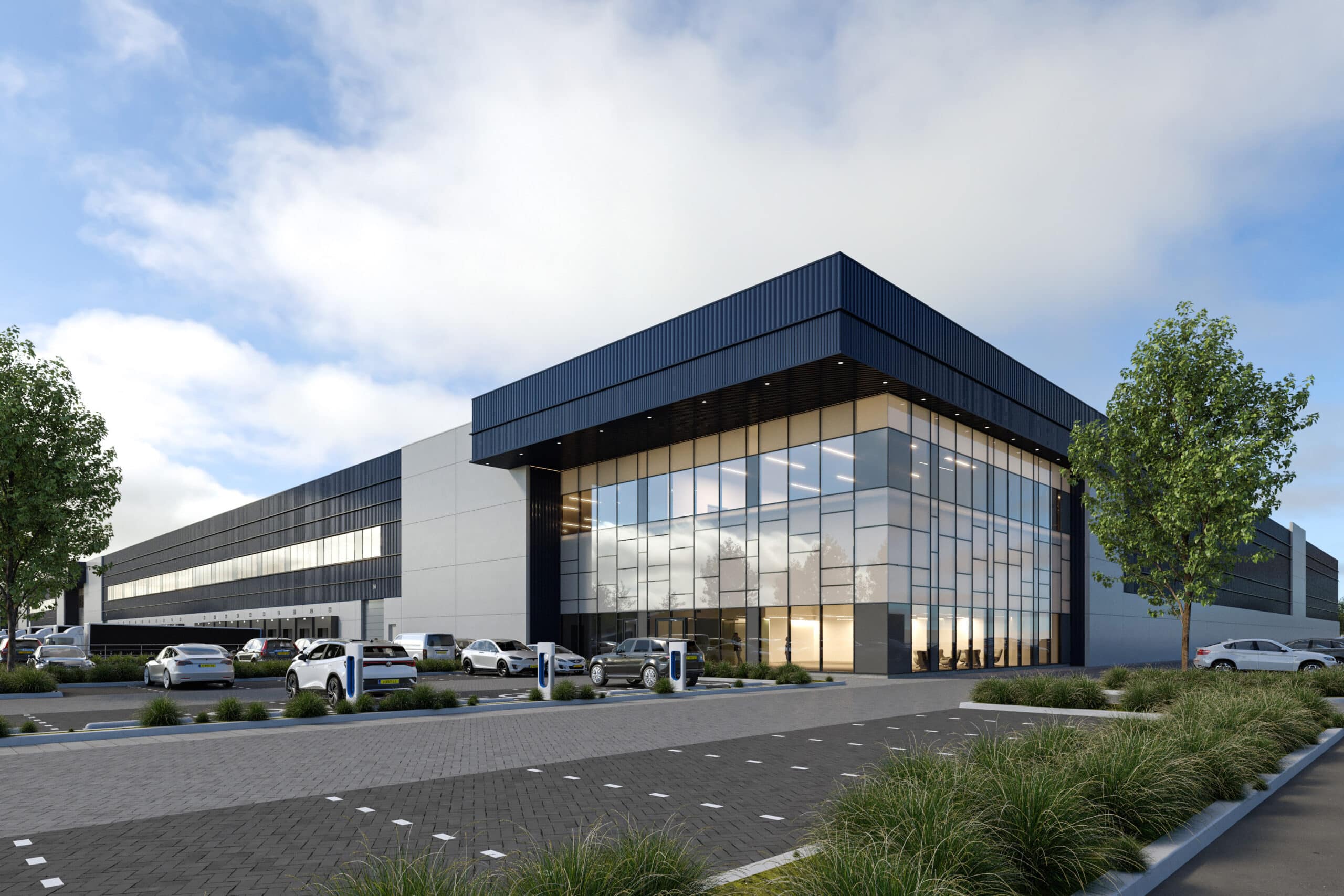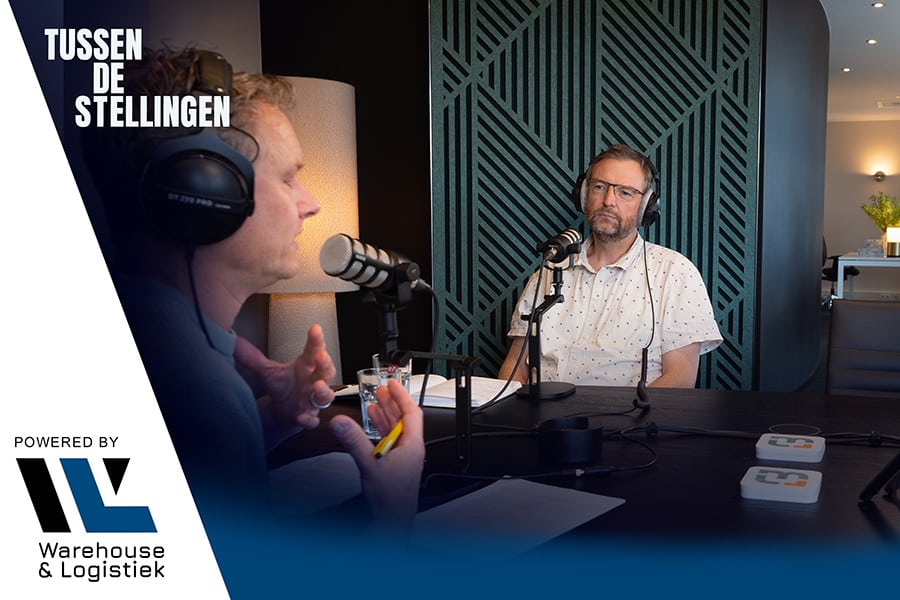
Sustainable investing: ask questions about purchase, maintenance and service
The carpenter, the landscapers and parcel and shopping services... All will have to believe it when Dutch municipalities refuse polluting vans and trucks access to their inner cities from January 1, 2025. A measure desperately needed to reduce CO2 emissions.
Pleasant: my name is Jeroen van Hemert and I am sales manager at MAAT.
We find that although entrepreneurs are thinking about sustainability, when it comes to e-mobility many companies are still mostly ignorant about purchasing, maintenance and service. But count on it: in the world of transport, e-mobility is here to stay. Especially when you see that, because of the positive results, the private use of electric cars or e-bikes and cargo bikes is increasing, with the pleasant side effect of no foul exhaust fumes and associated odors.
After all, electric vehicles are carbon-neutral and whisper quiet, which is ideal for environments where health and tranquility are paramount such as vacation parks, campsites and the healthcare sector. But also in busy inner cities, where urban logistics require vehicles to be cleaner, quieter and safer. The introduction of time slots and environmental zones in municipalities accelerates the transition to electrically powered transport. It is a trend that, meanwhile, also continues in industry, facility maintenance and landscaping.
I do not see the alternative such as driving on hydrogen, cheaper than gasoline, happening in the short term because electrically powered appears to be more efficient: a lot of electricity is needed to make hydrogen and unnecessary energy is lost during use. Electric driving over long distances also has disadvantages: just think of the charging infrastructure. There is not enough electricity available everywhere in the Netherlands, which makes it difficult to facilitate good charging facilities. If you want to take this further, investment is required, not only in the charging stations, but also in the number of places.
Furthermore, to date, the purchase of an electric-powered truck is almost three times higher than a diesel-powered truck. So every entrepreneur thinks about that first. Although the government helps with subsidies, I expect prices to grow closer together in the future, caused by the positive effects of the many innovations.
The expectation from the Port of Rotterdam Authority is that in twenty years, ninety percent of transport will be electrically powered. This certainly applies to vehicles that do not need to travel hundreds of kilometers in a row, such as those on a business park. In the market, when it comes to light electric freight vehicles, there is a diverse supply, where the level of price and quality can vary enormously. Lithium battery storage is also an important and hot topic, which makes for informed choices when it comes to fire safety.
I conclude: the January 1, 2025 date is fast approaching. Logistic entrepreneurs may be thinking more and more about e-mobility, but it is still important to keep asking about essential issues such as purchase, maintenance and service. Only then can you speak of sustainable investment!



